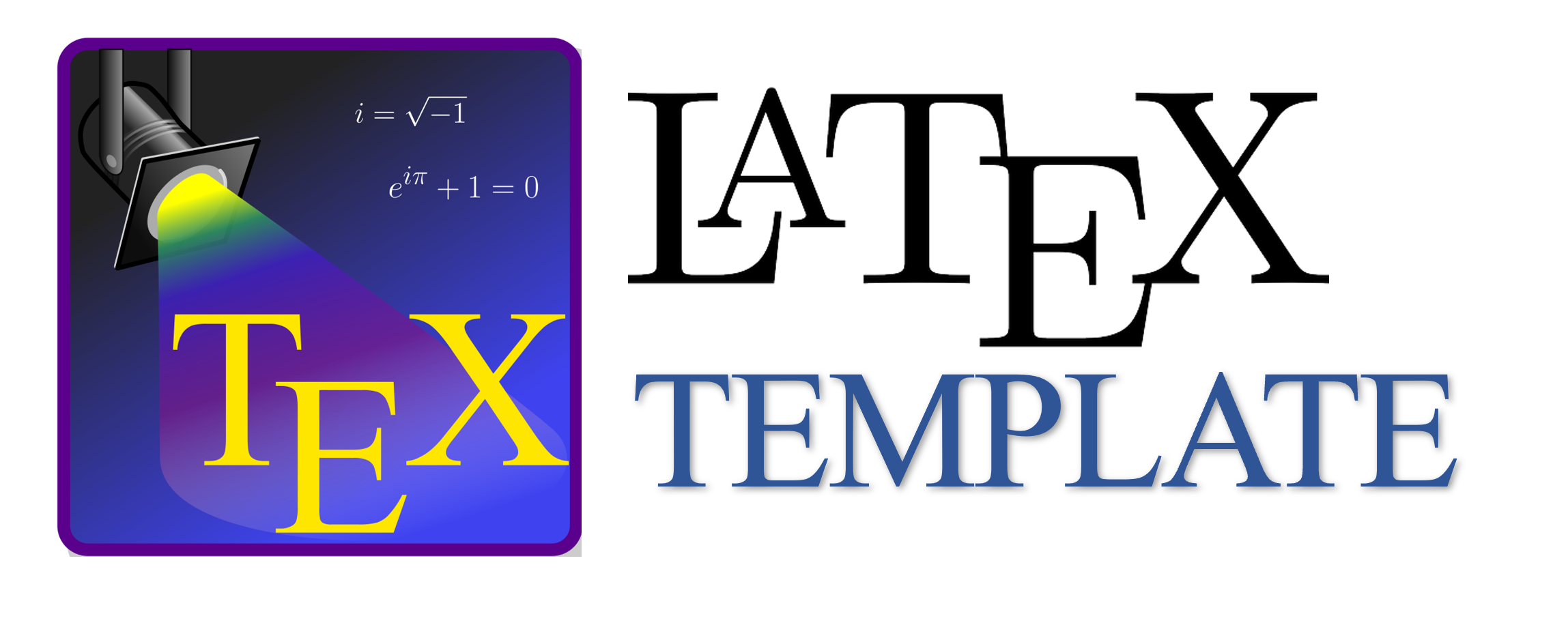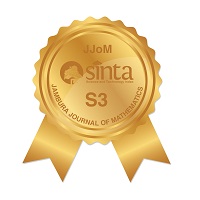Algoritma Adaboost pada Metode Decision Tree untuk Klasifikasi Kelulusan Mahasiswa
Abstract
Keywords
Full Text:
PDFReferences
M. Kadafi, "Metode na¨Ä±ve bayes classifier (nbc) untuk memprediksi tingkat kelulusan mahasiswa tepat waktu" JSI: Jurnal Sistem Informasi (E-Journal), vol. 12, no. 2, pp. 8-17, 2020, doi: 10.36706/jsi.v12i2.12179.
H. Hartatik, "Optimasi model prediksi kelulusan mahasiswa menggunakan algoritma naive bayes" Indonesian Journal of Applied Informatics, vol. 5, no. 1, p. 32, 2021, doi: 10.20961/ijai.v5i1.44379.
P. B. N. Setio, D. R. S. Saputro, and B. Winarno, "Klasifikasi dengan pohon keputusan berbasis algoritme c4.5." Universitas negeri Semarang, 2020, pp. 64-71.
M. S. Mustafa, M. R. Ramadhan, and A. P. Thenata, "Implementasi data mining untuk evaluasi kinerja akademik mahasiswa menggunakan algoritma naive bayes classifier" Creative Information Technology Journal, vol. 4, no. 2, pp. 151-162, 2018, doi:10.24076/citec.2017v4i2.106.
F. N. Umma, B. Warsito, and D. A. I. Maruddani, "Klasifikasi status kemiskinan rumah tangga dengan algoritma c5.0 di kabupaten pemalang" Jurnal Gaussian, vol. 10, no. 2, pp. 221-229, 2021, doi: 10.14710/j.gauss.v10i2.29934.
Y. Pristyanto, "Penerapan metode ensemble untuk meningkatkan kinerja algoritme klasifikasi pada imbalanced dataset" Jurnal Teknoinfo, vol. 13, no. 1, pp. 11-16, 2019, doi: 10.33365/jti.v13i1.184.
A. Bisri and R. Rachmatika, "Integrasi gradient boosted trees dengan smote dan bagging untuk deteksi kelulusan mahasiswa" Jurnal Nasional Teknik Elektro dan Teknologi Informasi (JNTETI), vol. 8, no. 4, pp. 309-314, 2019, doi: 10.22146/jnteti.v8i4.529.
A. I. Prianti, R. Santoso, and A. R. Hakim, "Perbandingan metode k-nearest neighbor dan adaptive boosting pada kasus klasifikasi multi kelas" Jurnal Gaussian, vol. 9, no. 3, pp. 346-354, 2020, doi: 10.14710/j.gauss.v9i3.28924.
L. Qadrini, A. Seppewali, and A. Aina, "Decision tree dan adaboost pada klasifikasi penerima program bantuan sosial" J. Inovasi Penelitian, vol. 2, no. 7, pp. 1959-1966, 2021.
N. Novianti, M. Zarlis, and P. Sihombing, "Penerapan algoritma adaboost untuk peningkatan kinerja klasifikasi data mining pada imbalance dataset diabetes" Jurnal Media Informatika Budidarma, vol. 6, no. 2, pp. 1200-1206, 2022, doi: 10.30865/mib.v6i2.4017.
W. Wahyudi, "Optimasi klasifikasi status gizi balita berdasarkan indeks antropometri menggunakan algoritma c4.5 adaboost classification" Jurnal Ilmiah Komputerisasi Akuntansi, vol. 12, no. 2, pp. 45-51, 2019.
I. A. Rahmi, F. M. Afendi, and A. Kurnia, "Metode adaboost dan random forest untuk prediksi peserta jkn-kis yang menunggak" Jambura Journal of Mathematics, vol. 5, no. 1, pp. 83-94, 2023, doi: 10.34312/jjom.v5i1.15869.
T. Tanti, P. Sirait, and A. Andri, "Optimalisasi kinerja klasifikasi melalui seleksi fitur dan adaboost dalam penanganan ketidakseimbangan kelas" Jurnal Media Informatika Budidarma, vol. 5, no. 4, pp. 1377-1385, 2021, doi: 10.30865/mib.v5i4.3280.
A. N. Rais, "Integrasi smote dan ensemble adaboost untuk mengatasi imbalance class pada data bank direct marketing" Jurnal Informatika, vol. 6, no. 2, pp. 278-285, 2019, doi: 10.31311/ji.v6i2.6186.
J. M. Johnson and T. M. Khoshgoftaar, "Survey on deep learning with class imbalance" Journal of Big Data, vol. 6, no. 1, p. 27, 2019, doi: 10.1186/s40537-019-0192-5.
DOI: https://doi.org/10.34312/jjom.v5i2.18790
Copyright (c) 2023 Yuveinsiana Crismayella, Neva Satyahadewi, Hendra Perdana

This work is licensed under a Creative Commons Attribution-NonCommercial 4.0 International License.
Jambura Journal of Mathematics has been indexed by
Jambura Journal of Mathematics (e-ISSN: 2656-1344) by Department of Mathematics Universitas Negeri Gorontalo is licensed under a Creative Commons Attribution-NonCommercial 4.0 International License. Powered by Public Knowledge Project OJS.
Editorial Office
Department of Mathematics, Faculty of Mathematics and Natural Science, Universitas Negeri Gorontalo
Jl. Prof. Dr. Ing. B. J. Habibie, Moutong, Tilongkabila, Kabupaten Bone Bolango, Gorontalo, Indonesia
Email: [email protected].



















